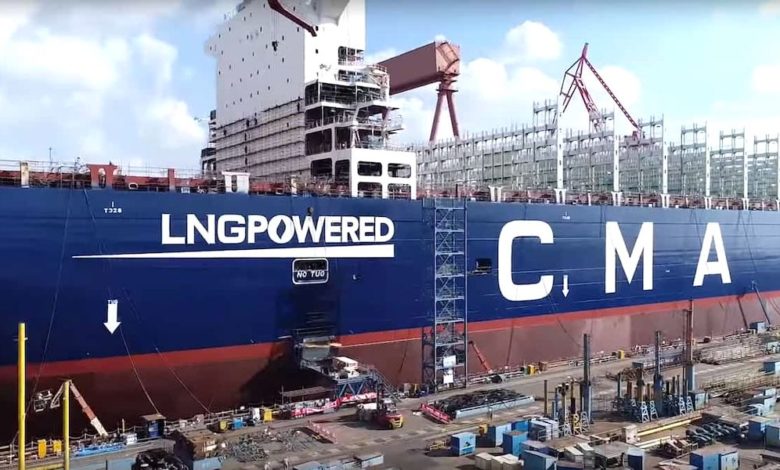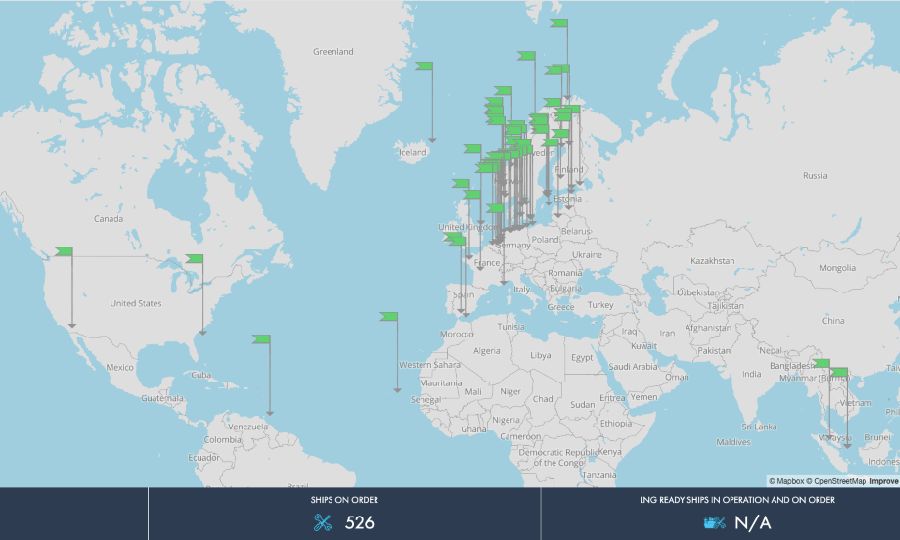
Ships can now bunker bio-LNG at almost seventy ports worldwide, including Singapore, Rotterdam and the US east coast, according to SEA-LNG.
A total of 355 LNG-fuelled ships, not counting LNG carriers, are able to use bio-LNG as drop-in fuel without any modification, the industry lobby group, which displays the availability of the marine fuel on its online Bunker Navigator tool, said.
Bio-LNG used for shipping is made from sustainable biomass feedstocks such as human or agricultural waste. The annual production of biomethane is currently around 30m tonnes or around 10% of shipping’s total annual energy demand.
Ships running on bio-LNG are said to reduce greenhouse gas (GHG) emissions by up to 80% compared to marine diesel on a full well-to-wake basis. According to SEA-LNG, depending on how it is produced, bio-LNG can have net-zero or even net-negative GHG emissions on a lifecycle basis.
Adi Aggarwal, general manager of SEA-LNG, commented: “The fact that bio-LNG is commercially available now and being used as a drop-in marine fuel by operators in Europe, North America and Asia, demonstrates the sustained contribution that the LNG pathway can make to decarbonising our industry, starting today. Climate change is a stock and flow problem, the longer our industry waits to start using low-carbon fuels, the tougher the decarbonisation challenge will be.”
